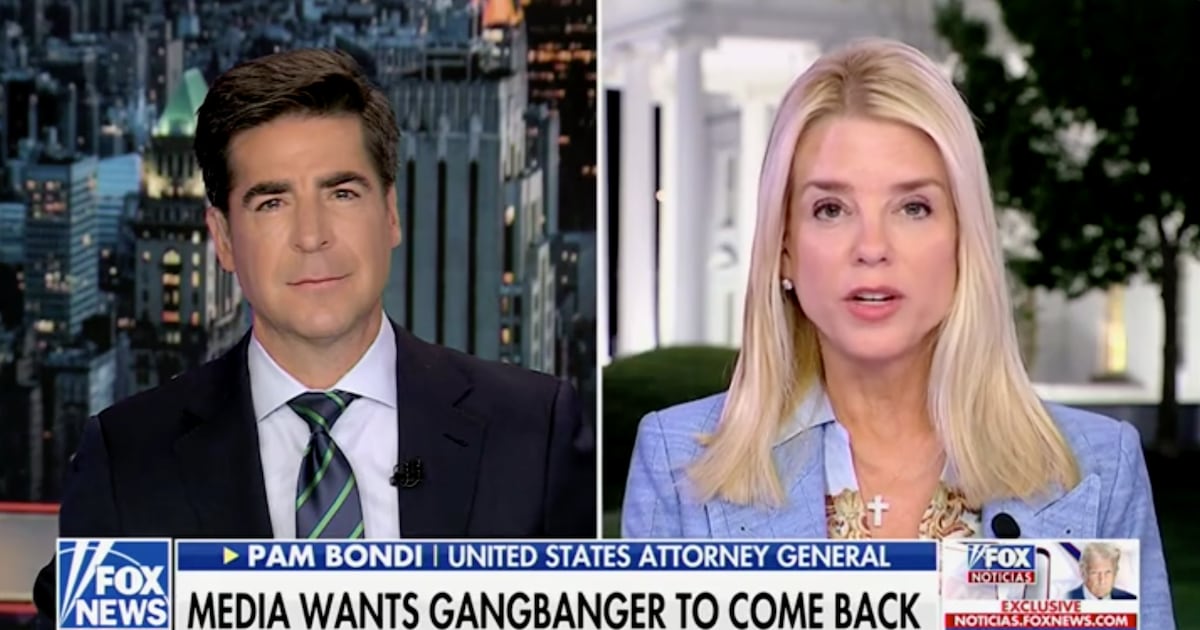In the wake of the Supreme Court’s oral arguments on the marriage cases, I agreed with the conventional wisdom about the best way the Court could rule: strike down DOMA, affirm that Prop 8 violates the California constitution, but leave the definition of marriage up to the states, where it has traditionally resided. This has been called the “nine-state solution,” referring to the nine states that currently have marriage equality.

But then I read Harvard law professor Noah Feldman’s perceptive and challenging essay, “On Gay Marriage, Moderation Could Be Disastrous.” Feldman asks us to imagine a post-DOMA world in which an individual is married in the eyes of New York, married in the eyes of the federal government, but living in a state like Ohio, which does not recognize her marriage as valid. This woman couldn’t divorce her wife and couldn’t visit her in the hospital, but could even marry a man, thus becoming a bigamist in the eyes of the United States of America, yet duly married in Ohio. And New York.
Feldman acknowledges the conventional defenses of the nine-state solution: federalism (letting states govern marriage as they always have), judicial restraint (i.e., not wanting to disrupt an ongoing political process), and so on. Yet he argues that the nine-state solution will lead to more judging, not less, as litigation erupts across the country in the wake of the legal ambiguities.
These are important problems to point out—yet Feldman’s solution is the wrong one. Instead of the court finding a federal right to marriage that trumps state law (which it did in Loving v. Virginia, the 1967 case on interracial marriage), it should find that gay couples’ equal-protection claims warrant a more stringent reading of the Constitution’s Full Faith and Credit Clause, which requires states to enforce other states’ laws. In other words, no matter what marriage laws Ohio adopts, it must recognize a New York marriage, gay or straight.
Let’s start with why Feldman’s solution is the wrong one. In order to find a federal right to same-sex marriage, the court would have to take two very problematic steps. First, it would almost certainly have to find that gays are a protected class, like African-Americans, who deserve “heightened scrutiny” when it comes to laws that target them. This bit of legalese (which I discussed in an earlier article in this space) would have ripple effects throughout non-discrimination law. The hyperbolic fears of the so-called “religious liberty” campaign would no longer be hyperbolic. For example, if sexual orientation is to be treated just like race, religiously affiliated organizations would face an extremely high burden in order to justify a host of policies, from hiring policies to the curricula they teach in schools. Given the court’s recent opinions on religious freedom, this seems both unlikely and unwise.
Second, the court would either have to contradict itself on states’ rights, or boldly go where no court has gone before on gay rights. Remember, the courts which have held DOMA unconstitutional have done so because marriage is a matter for the states, not the feds. But if there’s a federal right to marriage, obviously that isn’t true. See the contradiction?
The only way out would be for the court to find that the Equal Protection Clause alone invalidates not only DOMA but also every state law and constitutional amendment restricting marriage. This may be what some advocates want, but it is farther than any court has dared to go, farther than Justice Kennedy’s jurisprudence on gay rights suggests he will go, and, I daresay, farther than we should go. These aren’t just statutes we’re talking about—these are state constitutional amendments, supported by huge majorities in the reddest states. This is an ongoing political debate, and the “court forcing gay marriage on the states” would surely provoke a backlash. Yes, much of this was true for racial segregation as well, but is marriage inequality really the same as segregation? “Seneca Falls to Selma to Stonewall” notwithstanding, even most LGBT advocates don’t say that.
There is a better solution to the quandary Feldman raises.
Many lay observers of the marriage debate have wondered why full-faith-and-credit doesn’t apply to marriage. The answer is that that clause has never been applied to marriages. You can marry your cousin in some states, but other states don’t have to recognize the marriage. You can marry a 17-year-old in some states, but other states don’t have to recognize that marriage either. (This, incidentally, blunts some of the force of Feldman’s argument: states have dealt with this so-called “chaos” without major incident for decades.)
Ironically, as Professor Lea Brilmayer pointed out several years ago, this fact was ignored when states rushed to amend their constitutions in 2004, fearful that they would have to recognize a Hawaii or Massachusetts gay marriage—which they wouldn’t. It didn’t matter: Full-faith-and-credit was used as a scare tactic by conservatives.
But 2013 is not 2004. Today, the court could find, to avoid the litigation explosion Feldman fears, that same-sex couples’ equal-protection rights warrant a more stringent application of the Full Faith and Credit Clause. Ordinarily, states can decline to recognize out-of-state marriages. But not when discrimination is at issue. By taking this approach, without “heightened scrutiny,” without sacrificing federalism, the Supreme Court could respect states’ rights and create a level playing field across the country.
This result would create de facto marriage equality everywhere, while letting states keep their differing definitions of marriage on the books. Symbolically, this is important. If I can’t get married in Mississippi, that means something—even if I can jet over to L.A., get married and come back and enjoy the benefits. To me, it would still sting—which is exactly the point. Mississippians get to express their moral disapproval, I get to fight against them in the public square, and democracy marches on. Meanwhile, the runaway weirdness that Feldman rightly points out is avoided.
Feldman may call this “moderation,” and my fellow LGBT advocates might wonder why I’m arguing for it. But this “nine-states-plus” solution, as I’ll call it, is moderate only insofar as it slows the pace of, and thus solidifies, this rapid social change. As I’ve discussed elsewhere, same-sex marriage will eventually win everywhere, thanks to conservative factors like market forces, American values, and democracy. In the meantime, we’ll have a uniform system of benefits—and soon enough, we’ll have justice.






